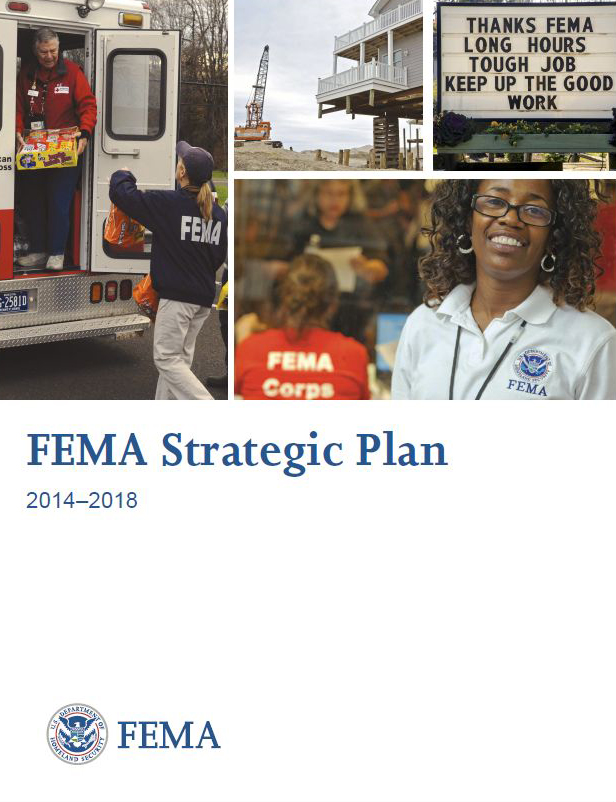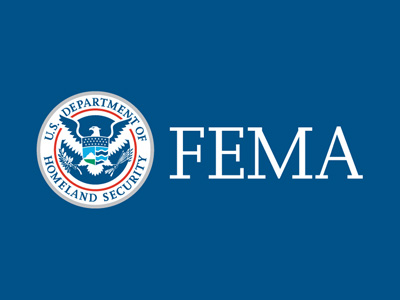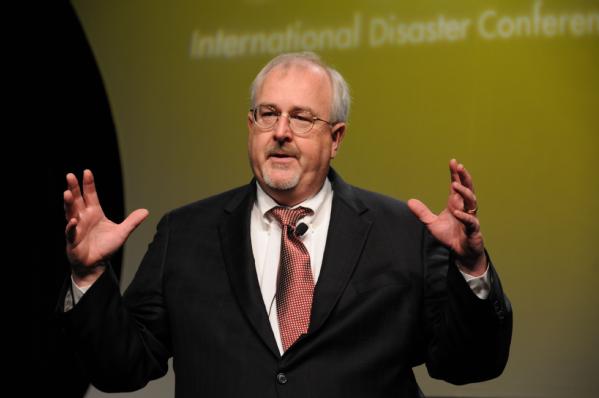You are here
Wed, 2011-06-15 14:04 — mdmcdonald
The FEMA Whole Society Initiative working group is focused on exploring the best practices for engaging whole society initiative in mega-disasters.
The mission of the FEMA Whole Society Initiative and Community Resilience working group is to explore the best practices for engaging whole society initiative in mega-disasters.
Add Content to this group
Members
| Craig Vanderwagen | DavidAlberts | drvroeg | efrost | Eric Kutner | George Bressler |
| Jeff Kutner | Jerry Glenn | John Hoffman | Kathy Gilbeaux | Katie Rast | Laurie Van Leuven |
| LintonWells | mdmcdonald | Michael Gresalfi | seth.golbey | Siftar | WDS1200-Columbus |
Email address for group
fema-whole-society-initiative-and-community-resilience@m.resiliencesystem.org





 fema.gov
fema.gov fema.gov
fema.gov submitted by Mike Kraft
submitted by Mike Kraft
Recent Comments